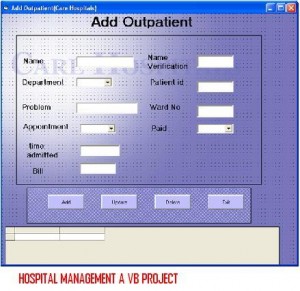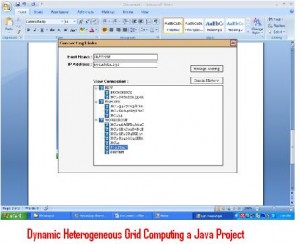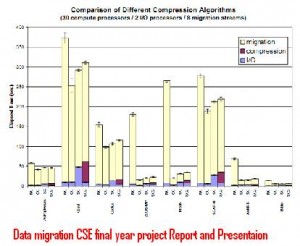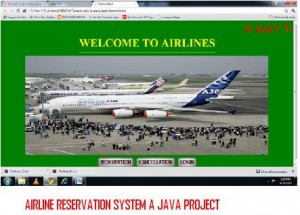Description: The research paper Boolean and Fuzzy Logic Technical Presentation talks about Boolean and Fuzzy logic. The research paper also explains the difference between the two. It is suggested that data and information are tough to understand quantitatively. It is suggested that it is easy to decipher imprecise data rather than the precise data. Fuzzy logic is akin to human reasoning it comes to decision seeking not so clear premises and imprecise data. It uses mathematical expression to come to a decision based on premises that are both insufficient and imprecise. Fuzzy set involves segregating classes and groups that are not precisely defined. In simpler words they are fuzzified by generalizing a crisp set with a fuzzy set having unclear boundaries. Linguistic variables are of a critical importance in fuzzy logic. For example an 85 kg man can be grouped both under ‘medium’ and ‘large’ headings. Fuzzy set theory encompasses fuzzy logic, fuzzy arithmetic, fuzzy mathematical programming, fuzzy topology, fuzzy graph theory, and fuzzy data analysis, though the term fuzzy logic is often used to describe all of these.
Boolean logic is totally different from fuzzy logic in the sense truth value is determined only by the binary values 0 and 1, unlike fuzzy logic where in impreciseness determines many an answer and the truth value lies somewhere in the middle of all these. It is put forth in the research paper that the fuzzy logic and its seeds were sown as early by Buddha who posited that ‘the rose may be red or may not be’. This led to the breakthrough research in the domain at the University of California, Berkeley.
Conclusion: The passage concludes on a note that, Fuzzy logic has myriad application value in computational applications like embedded systems and many more. Fuzzy logic provides the most precise way of coming to a conclusion based on vague premises. It somehow works close to human reasoning skills which allow making decision considering approximate values.
Download Boolean and Fuzzy Logic Technical Presentation.





